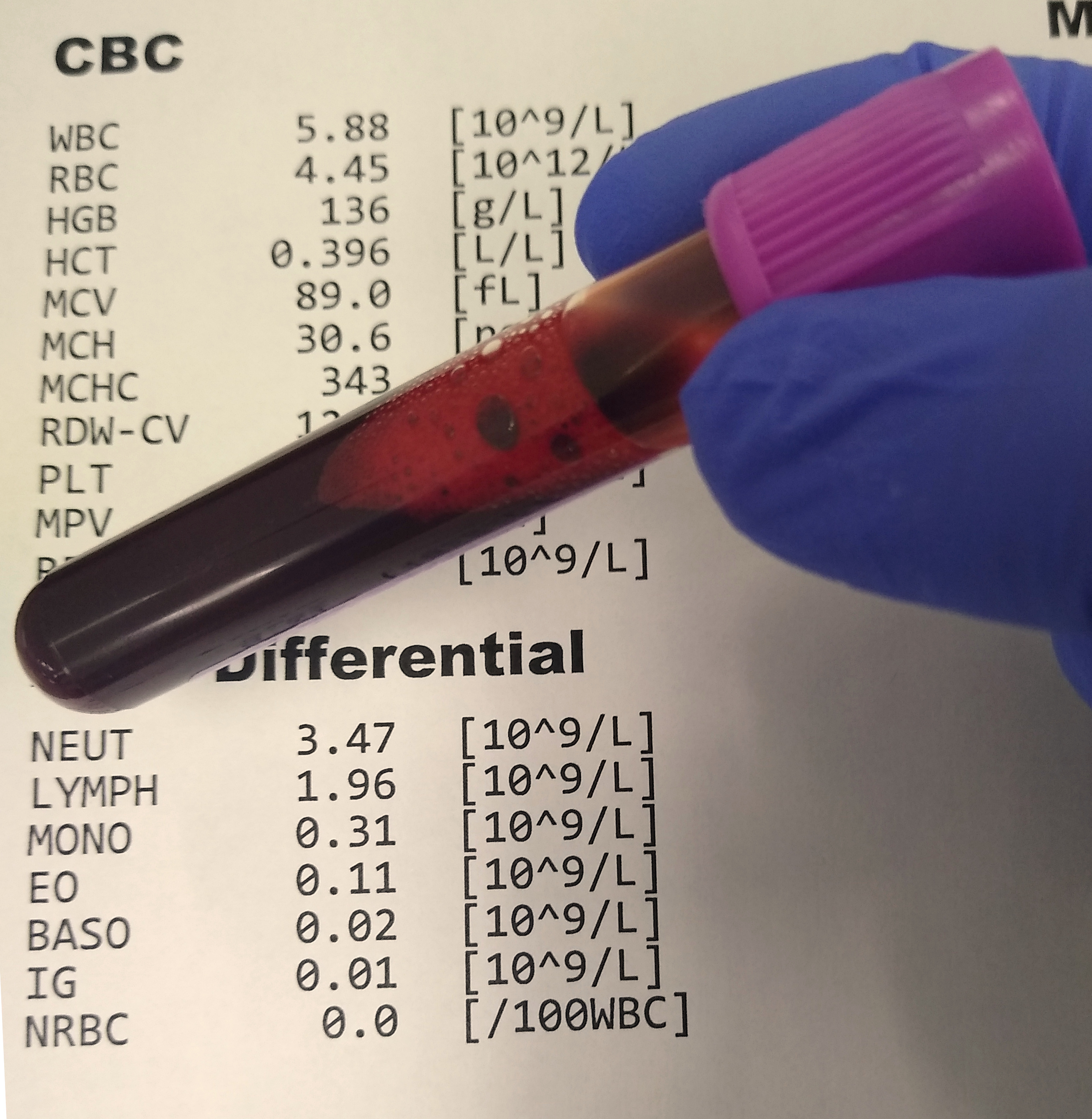Blood Chemistry 101 from a Functional Medicine Perspective
- Introduction to Blood Test Analysis
- Understanding Complete Blood Count (CBC)
- Insight into Complete Metabolic Panel (CMP)
- Studying Vitamin D
- Inflammation Markers - CRP
- Decoding Thyroid Markers
- Iron Markers
- Lipid Panel Assessment
- Micronutrient Markers: Folate, Vitamin B12
- Micronutrient Markers: Zinc, Copper, Magnesium
- Other Key Blood Chemistry Markers
- Implementing Lifestyle Recommendations for Improved Markers
- Pulling It All Together – Your Personal Health Assessment
Understanding Complete Blood Count (CBC)
Understanding Complete Blood Count and Its Components

Medical laboratory test.
A Complete Blood Count (CBC) is a blood test that is commonly used to evaluate your overall health and detect a wide range of disorders, including anemia, infection, and leukemia. It measures several components and features of your blood, including red blood cells, white blood cells, and platelets.
Red Blood Cells (RBCs)
Red blood cells, also known as erythrocytes, are the most common type of blood cell. They carry oxygen from the lungs to the rest of the body. The CBC measures the number of RBCs in your blood and their physical characteristics, including size and shape.
White Blood Cells (WBCs)
White blood cells, or leukocytes, are part of the body's immune system. They help the body fight infections and other diseases. The CBC measures the total number of WBCs in your blood and also breaks it down into the five main types of white blood cells: neutrophils, lymphocytes, monocytes, eosinophils, and basophils.
Platelets
Platelets, or thrombocytes, are small, colorless cell fragments in our blood that form clots and stop or prevent bleeding. Platelets are counted and examined for size in the CBC.
Hemoglobin
Hemoglobin is a protein in your red blood cells that carries oxygen from your lungs to the rest of your body. A low hemoglobin count is generally indicative of anemia.
Hematocrit
Hematocrit is the ratio of the volume of red cells to the volume of whole blood. A low hematocrit might indicate anemia, a decrease in the total amount of red blood cells, while a high hematocrit could be a sign of dehydration or other disorders.
Mean Corpuscular Volume (MCV)
Mean corpuscular volume (MCV) is a measure of the average size of your red blood cells. Abnormal MCV levels can be a sign of anemia and other conditions.
In conclusion, understanding the components of a CBC and their functions in the body is crucial for interpreting the results of this common blood test. This knowledge can help you better understand your health and make informed decisions about your healthcare.